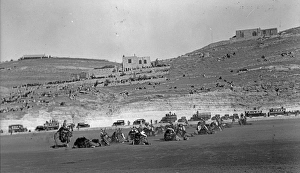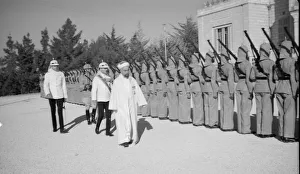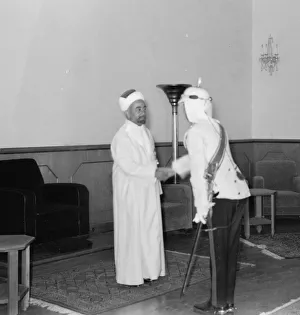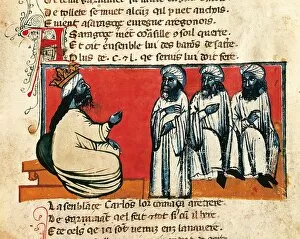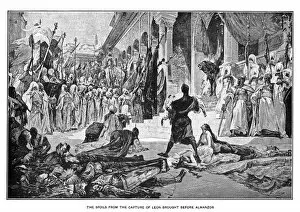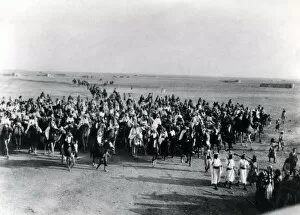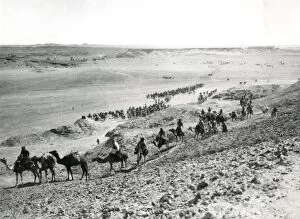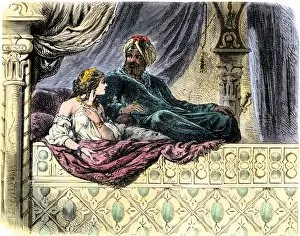Emir Collection (page 4)
"Emir: A Journey Through History and Cultures" From the ancient city of Wejh in Saudi Arabia to the bustling streets of Beirut's Emir Bechir Street
All Professionally Made to Order for Quick Shipping
"Emir: A Journey Through History and Cultures" From the ancient city of Wejh in Saudi Arabia to the bustling streets of Beirut's Emir Bechir Street, the name "Emir" echoes through time. It represents power, leadership, and a rich tapestry of stories that have shaped nations. One such tale takes us back to 1928 when Ataturk and Amanullah Khan found themselves in an unlikely setting - a rowing boat. Their meeting symbolized diplomacy amidst turbulent times. But history is not always kind, as seen during the Second Afghan War when Amir Sher Ali pleaded for salvation from his supposed allies. Betrayal knows no bounds even among friends. The conquest of al-Andalus by Ferdinand the Saint stands as a testament to Emirs' fortitude against foreign invaders. The Battle of Clavijo further exemplifies their resilience throughout centuries. In 1902, a new Emir rose to power in Adamawa after Colonel Morland toppled its previous ruler. This act reshaped the region's destiny and highlighted both colonial influence and local dynamics. Moving forward, Sheikh Khalifa Bin Hamad Al Thani emerged as an influential figure in Qatar's capital Doha from 1972 to 1995. His reign witnessed significant transformations within Dubai. Meanwhile, Mohammed Alim Khan holds a different distinction as Bukhara's last Emir before monumental changes swept across Central Asia in 1911. Sergey Mikhaylovich Prokudin-Gorsky captured this momentous era through his artistry. Lastly, we find ourselves with Yemeni delegates embarking on an official visit to Naples, Italy - bridging cultures and fostering diplomatic ties beyond borders. The name "Emir" transcends time and geography; it embodies strength amid adversity while carrying tales of triumphs and tribulations from various corners of our world.

